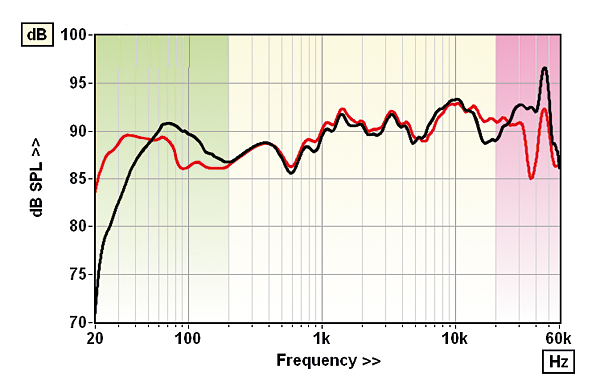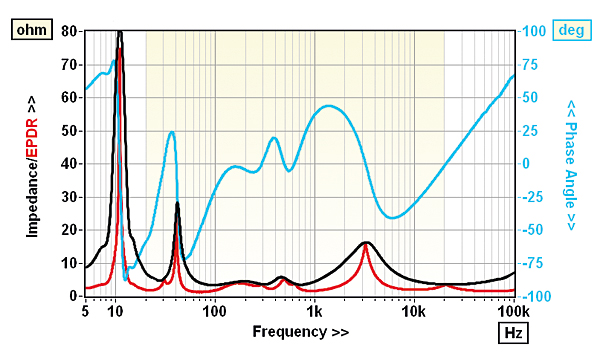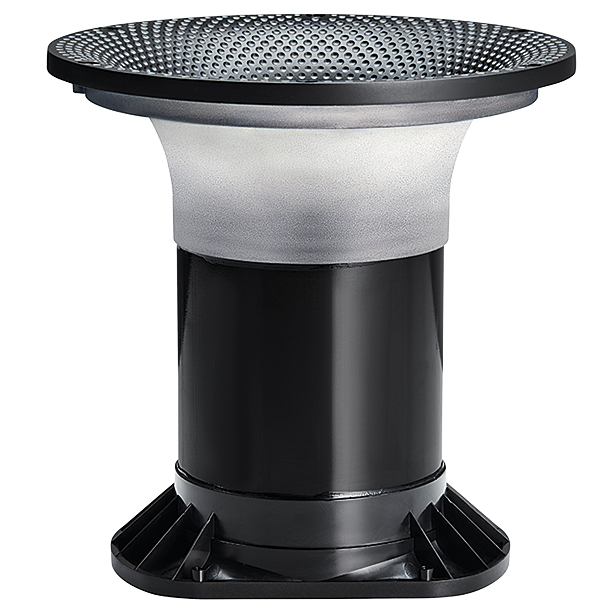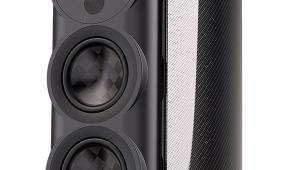B&W 801 D4 Signature Loudspeaker Signature Sounds
Our exclusive test of B&W's flagship 801 D4 [HFN Nov '21] included an in-depth technical comparison with the earlier 800 D3 [HFN Oct '16]. The measured differences between the two models were extensive, the 'Biomimetic' suspension fitted to the D4's mid unit contributing to a reduction both in harmonic distortion and spurious treble/presence output, particularly between 5-9kHz. Also, the more compliant suspension of the D4's aerofoil woofers had helped reduce mechanical losses over the D3, lifting its 11.5Hz impedance peak to 92ohm and, with the low 26Hz port tuning, ensuring a sub-20Hz bass extension (–6dB re. 200Hz).
Tweaking The Treble
By comparison, the differences between the D4 and D4 Signature arguably reflect the potential of the underlying design. So, there is no substantive change in either the sensitivity at 89.7dB (2.83V/1m/500Hz-8kHz) or the forward response (200Hz-10kHz) which shows the same undulating trend, including its generalised 2dB drop in output between 1kHz down to 200Hz [see Graph, below]. There is an obvious difference above 20kHz [pink shaded area] in the Signature where the treble dome's more 'open' grille mesh facilitates a boost in output of +2.5dB up to its primary resonance at 46.5kHz. Both loudspeakers demonstrate a remarkable ultrasonic extension reaching 75kHz (–6dB re. 10kHz). Finally, the D4 Signature, with its improved cabinet damping, does also benefit from a slightly 'cleaner-looking' CSD waterfall plot through the midrange.

Bass – Where Less Is More
It's in the bass department, where Bowers & Wilkins has re-engineered its long-throw woofer for the Signature, that we see the biggest improvement over the standard model – distortion halving from typically <0.3% (re. 90dB SPL, 50Hz-200Hz) to 0.15% in the new model. The D4 Signature's bass tuning – via the new cast alloy Flowport [pictured below] – is also shifted slightly upwards, the port air mass now tuned to 30Hz with a 20Hz-60Hz bandpass (–6dB). The mild tube/cabinet resonance at 425Hz (–15dB re. peak port output at 30Hz) is still present, however.

The D4 Signature's woofers now operate between 40Hz-380Hz (–6dB) and combine with the port to yield a still impressive diffraction-corrected bass extension of 27Hz (–6dB re. 200Hz). The boost in output at 70Hz and smoother roll-off [black vs. red traces, Graph above], surely contribute to the cleaner, punchier bass identified during our comparative listening sessions.
Signing Off
The slight change in bass tuning resulting from the driver updates are also revealed by a shift in maximum swings in subsonic impedance phase of +66°/9.5Hz and –73°/14Hz in the D4 to +78°/9.5Hz and –88°/12Hz in the Signature. Also, while the minimum impedance is unchanged at 3.4ohm (96Hz/D4 and 93Hz/D4 Signature), the peak impedance is lower in the D4 Signature (82ohm vs 92ohm in the original D4).

So the D4 Signature remains a reasonably tough amplifier load [black trace, Graph above], especially as the +44°/–73° swings in impedance phase [blue trace] contribute to a minimum EPDR (Equivalent Peak Dissipation Resistance) of 1.2ohm/69Hz and a trend that's broadly sub-4ohm from 45Hz-2kHz [red trace]. All this, I might add, should be well within the capabilities of any high-end power amplifier likely to be chosen as its partner. PM

















































